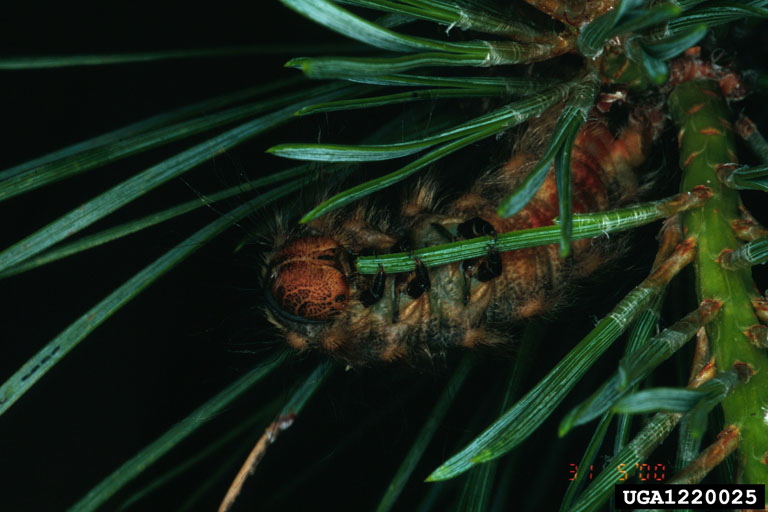|
| 질의: description | 결과: 9570번째/10150 | |
European Pine Moth (Dendrolimus pini) larva (유럽솔나방 애벌레)
| 제목: | European Pine Moth (Dendrolimus pini) larva (유럽솔나방 애벌레)
| |

| 해상도: 768x512
파일크기: 81413 Bytes
촬영일: 2002:11:18 11:11:01
등록시간: 2006:01:09 16:09:14
|
Pine caterpillar
Insecta (Hexapoda) > Lepidoptera > Lasiocampidae
Dendrolimus pini Linnaeus
Host: Scotch pine
Pinus sylvestris L.
Photographer: Hannes Lemme,
Descriptor: Larva(e)
Description: feeding on needle
Location: Germany
Image Citation:
Hannes Lemme, , www.forestryimages.org
Image Use:
This image may be copied and used, in whole or in part, for any non-profit, educational purpose provided that all reproductions bear an appropriate credit. Any commercial or other use of the image requires the written permission of the photographer or contact organization, and Forestry Images. |
^o^
동물그림창고 똑똑전화 누리집
^o^
|
|